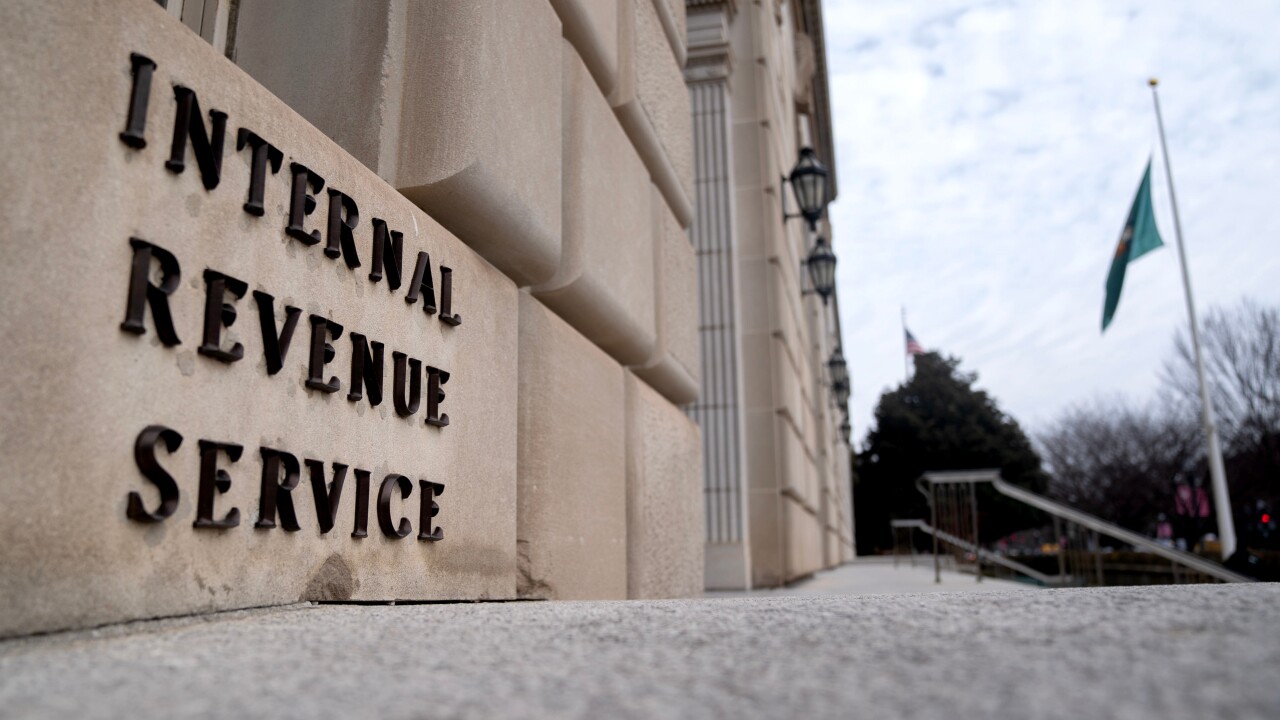The American Institute of CPAs’ Digital Assets Working Group has released a
The assets are defined broadly as digital records, made using cryptography for verification and security purposes, on a distributed ledger. The practice aid covers six key areas:
1. Classification and Measurement When an Entity Purchases Crypto Assets
2. Recognition and Initial Measurement When an Entity Receives Digital Assets that are Classified as Indefinite-Lived Intangible Assets
3. Accounting for Digital Assets Classified as Indefinite-Lived Intangible Assets
4. Measurement of Cost Basis of Digital Assets that are Classified as Indefinite-Lived Intangible Assets
5. Derecognition of Digital Asset Holdings that are Classified as Indefinite-Lived Intangible Assets
6. Recognition of Digital Assets When an Entity Uses a Third-Party Hosted Wallet Service

The working group plans to add more material on auditing to the document early next year as the cryptocurrency market rapidly evolves. “This nonauthoritative guidance will be updated with additional content regularly, as topics are finalized, and posted to aicpa.org,” said Diana Krupica, emerging assurance technology lead manager at the AICPA, in a statement earlier this month. “Content related to auditing of digital assets is expected to be added to the Practice Aid in early 2020.”
“I don’t know that blockchain is going to necessarily make things easier for auditors,” said Amy Steele, an audit and assurance partner at Deloitte & Touche LLP and co-chair of the AICPA Digital Assets Working Group, and a member of the Center for Audit Quality Emerging Technologies Task Force. “I do think it’s going to impact the audit profession and change things. With the use cases within an audit firm, a number of firms are looking at how blockchain can be used within the firm to synthesize the data that we have. I would say that’s still more within the ideation phase rather than the implementation phase.”
The AICPA cautioned that digital assets and the underlying technology are changing rapidly, so the questions, examples, challenges, risks, considerations, and potential procedures listed in the practice aid shouldn’t be considered exhaustive.
“This represents a great first step in addressing some of the most frequent accounting questions that people have been asking,” said Matthew Schell, co-chair of the AICPA Digital Assets Working Group and a partner at Crowe LLP, in a statement. “While we haven’t solved everything, we are making progress in providing needed guidance.”





